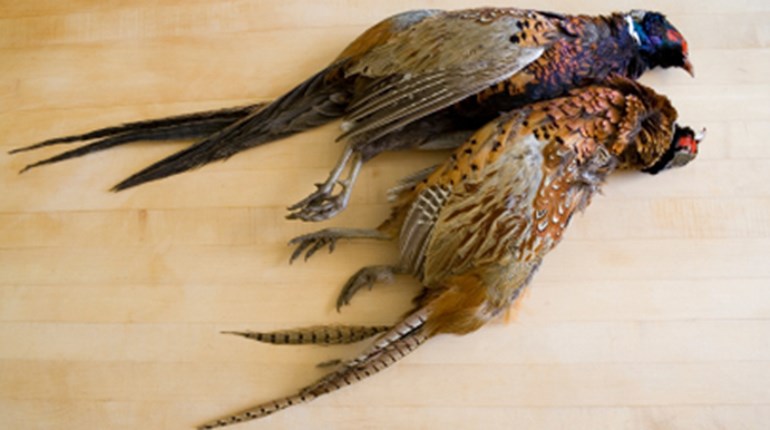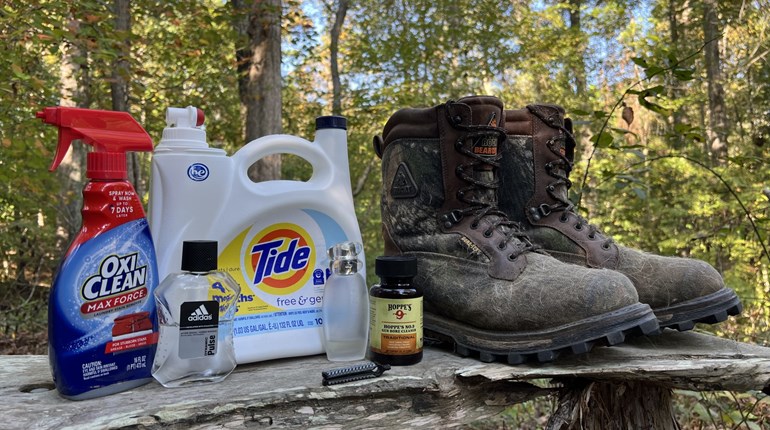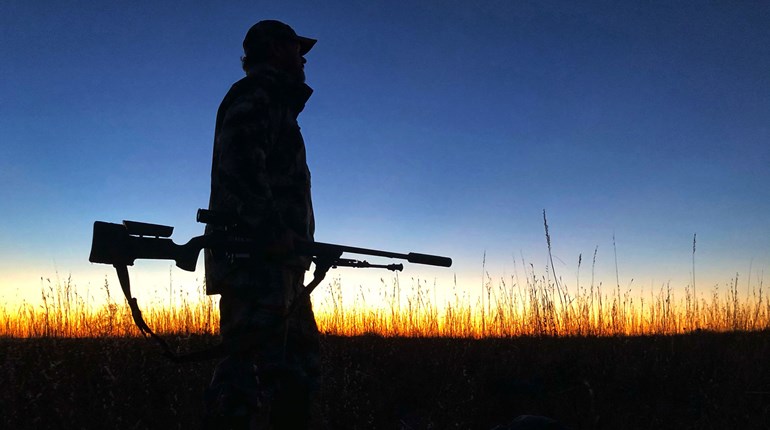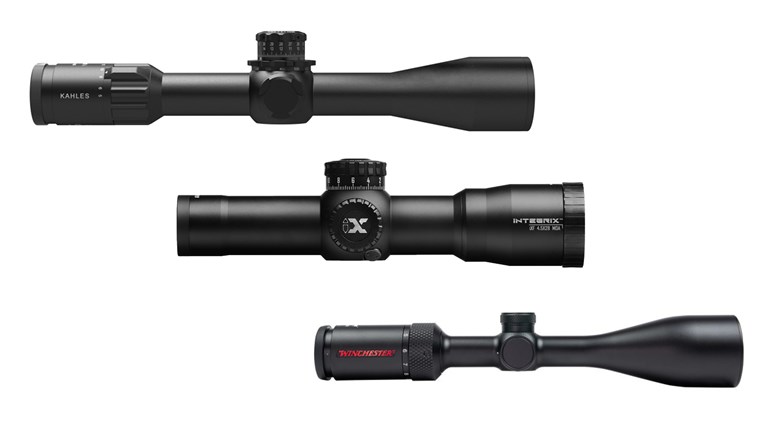
For decades deer hunters have used deer urine and other scent based products to lure bucks into range for a shot. At least three generations of hunters have reached into their coat pocket, pulled out a small bottle of the often foul smelling fluid and dribbled it on the ground and vegetation. Sometimes without spilling it on themselves, sometimes not.
The surge in popularity of bowhunting brought the use of deer based scents to the forefront. We now have a multi-million dollar industry based on deer pee. Over 60 companies produce and sell deer urine and gland based attractants in one form or another. Unfortunately, everything is not rosy in the world of cervid secretions.
The CWD Demon
Wildlife Biologists have known about Chronic Wasting Disease since 1967 when it was first discovered in Colorado. Most scientists agree it is a contagious, always fatal disease of the cervid (deer) family. Whitetail and mule deer, elk, moose and caribou are all at risk from this insidious killer. Interestingly, many biologists think that the exotic fallow deer is more resistant to it.
The biologists tell us that CWD is not spread from bacteria or a virus but by a tenacious little bugger called a prion. Prions are infectious, single proteins that cause the sponge like degeneration of the brain in infected animals. Scientists now think that prions are very durable and can withstand long periods of time and many decontamination methods. Prions are able to “bind” or attach to different types of soil as well as plants, and CWD may spread in this way as well as animal to animal contact.
Biologists and animal health scientists seem to agree that prions are “shed” through feces, urine and saliva, but here it starts to get tricky. The scientists do not agree that hunters using deer urine is a valid threat for spreading CWD. Don’t glaze over here, stay with me—this is all leading to the need for synthetic deer attractants.
Biologists agree CWD is always fatal, it is spreading around the country and it is a major threat to our deer herds. What nobody can agree on is what to do about it. Those in the scent industry and deer farming arena believe that banning the use of natural urine is too extreme a measure when no proof yet exists that this is a threat to wild deer.
Some state wildlife agencies have taken a “you can’t be too careful” approach and banned the use of natural deer urine and other scents taken from a deer. Currently this list includes Alaska, Arizona, Vermont and Virginia, along with Canadian provinces Nova Scotia and Ontario. Pennsylvania prohibits the use of deer urine in three Disease Management Areas.
“As a company, if the science was there we would be the first to stop selling natural urines to help protect this natural resource the whitetail deer!” said Terry Rohm Marketing Director for Tink’s Lures in Covington, Georgia. “For the last 2 years we have researched, talked to biologists, and worked with other competitors to evaluate the information available. We have spoken with different State Directors to let them know that the urine facilities we collect from are in the CWD monitored program that is regulated by both the Dept. of Agriculture and the DNR. To be in the program you have to be free from CWD for 5 years. These are the only suppliers we will purchase from. Tink’s and some of our competitors are currently working with our different suppliers to come up with other guidelines on our own to do our part.”
As to whether using natural deer urine is definitely a threat to whitetails, the fat lady has not sung yet. This may only generate more interest in the need for synthetic urine and scents.
To Pee or Not to Pee...
Synthetic deer urine and scents have actually been around for many years. Hunters have long been concocting homemade scents and urine substitutes. Several well-known lure manufacturers offer synthetic urine products. One current commercial offering calls for (and I am not making this up) the hunter to mix his (or her) own urine with the product of the company to attract deer. Be that as it may, there is a wide variety of synthetic urine and scents out there.
“I personally think both natural urine and synthetics have their place in the hunting world,” Rohm said. “Matter of fact my favorite early season lure is our Tink’s Power Scrape and it’s synthetic."
“Hunters overwhelmingly prefer the real thing,” said Sam Bergeson with Wildlife Research Center Inc. “I think almost any hunter will say it’s hard to beat the real thing, it would be hard to argue that, but through decades of research and field testing, we have come up with some pretty good stuff. Just like scents containing real deer urine, there can be a big difference in the performance.”
So how is the synthetic urine actually made? As you might guess the companies are not revealing a lot about that.
“The actual process employed by Monster Buck Scents to produce formulations is a tightly held secret,” said Mike Jespersen with Monster Buck Scents. “Our approach has been different than others within the industry and involved several processes before we ended up with a refined formula and highly effective product. Our products have had years of development and testing behind them before ever being introduced to the market.”
Does Synthetic Urine Work?
I can say that in my opinion the three products I tested for this article attracted deer. I went to random locations in an area where I knew deer were present. I set up trail cameras and applied the synthetic urines. In all three locations the cameras revealed deer visiting the site, some with their nose directly on the area sprayed. One small buck appeared 14 minutes after the scent was placed in front of the camera!
A coincidence because the deer were already in the area? Is it a curiosity thing to the deer or does the synthetic really smell like natural urine, or is it both? I don’t know. But I do know I will be using artificial urine this deer season.



































